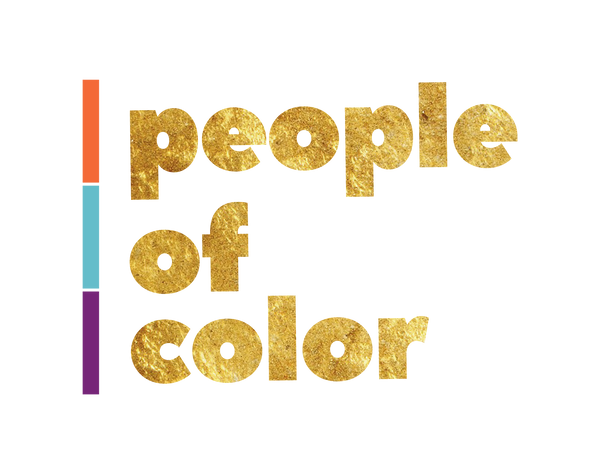People of Color™
It's Just Chai!
It's Just Chai!
Couldn't load pickup availability
Them: “I’ll have a chai tea, please.” …. Us: “It’s Just Chai!”
Chai literally means “tea” in Hindi. Therefore, it’s unnecessary to say “chai tea”. Also known as Masala Chai (spiced/spice-blend tea), the recipe varies depending on the region, climate, and cultural preferences. Legend has it that nearly 5000 years ago, the ancient King Harshavardhana requested a combination of warm spices and herbs to drink for medicinal purposes and to stay alert during long court sessions, which also became the basis of Ayurveda healing. The story becomes more complex as actual tea leaves were not introduced into chai until much later.
In the early 1800s, the British began trading tea with China and introduced tea to the Western world. The British consumption grew China’s monopoly on tea, although tea in the Assam region of India was growing in the wild for generations before. During British occupation in India, colonists discovered and exploited the plant, used indentured laborers and worked in tandem with the British-owned East India Tea Company to grow the production and consumption of tea in India. Marketing campaigns were used throughout the country to increase the Indian consumption of tea.
Indian resistance to fully adopting the British way of cultivation and consuming tea has been prevalent throughout British rule of that time. Although milk and sugar was introduced early into the Indian tea experience, Indians have continued the tradition of infusing spices and herbs as the staple ingredients, despite milk and sugar being included in what chai has become today.
This warm chai inspired color is the perfect way to celebrate the true history of chai, and the resilience of the Indian people to fight back against British colonization and exploitation of a native beverage for corporate gain.
Sources: Goya (India), Duke Press
Share






